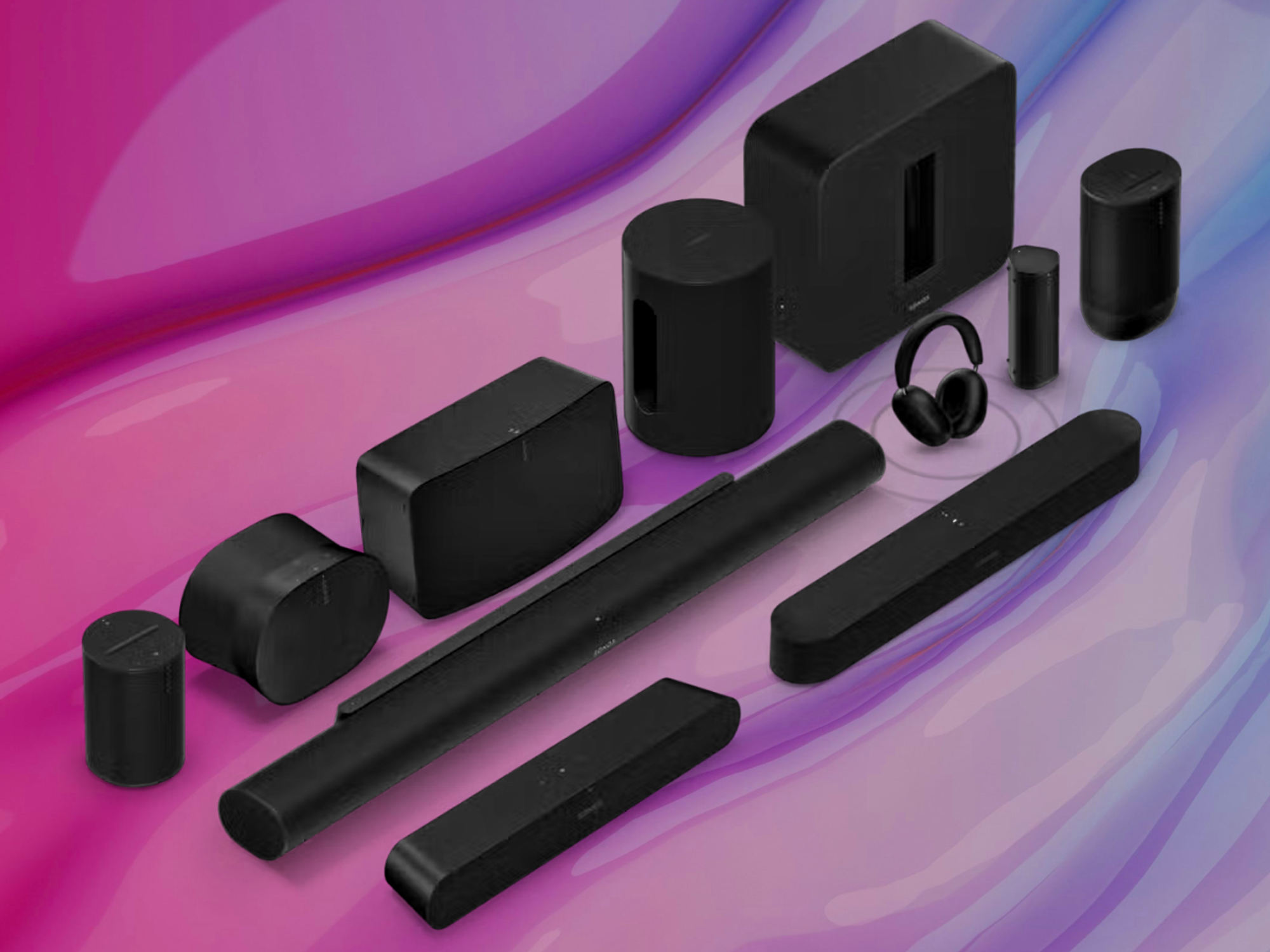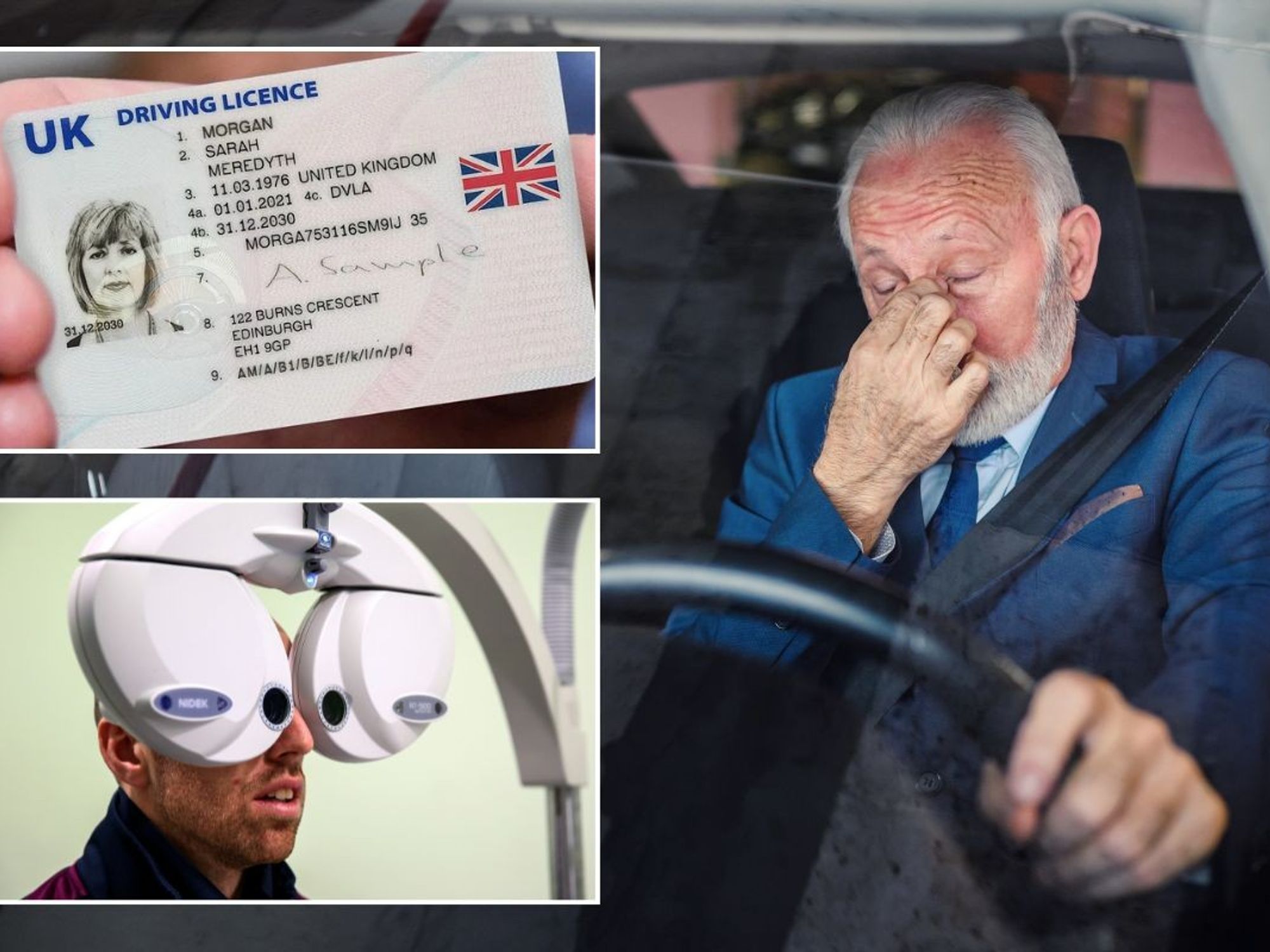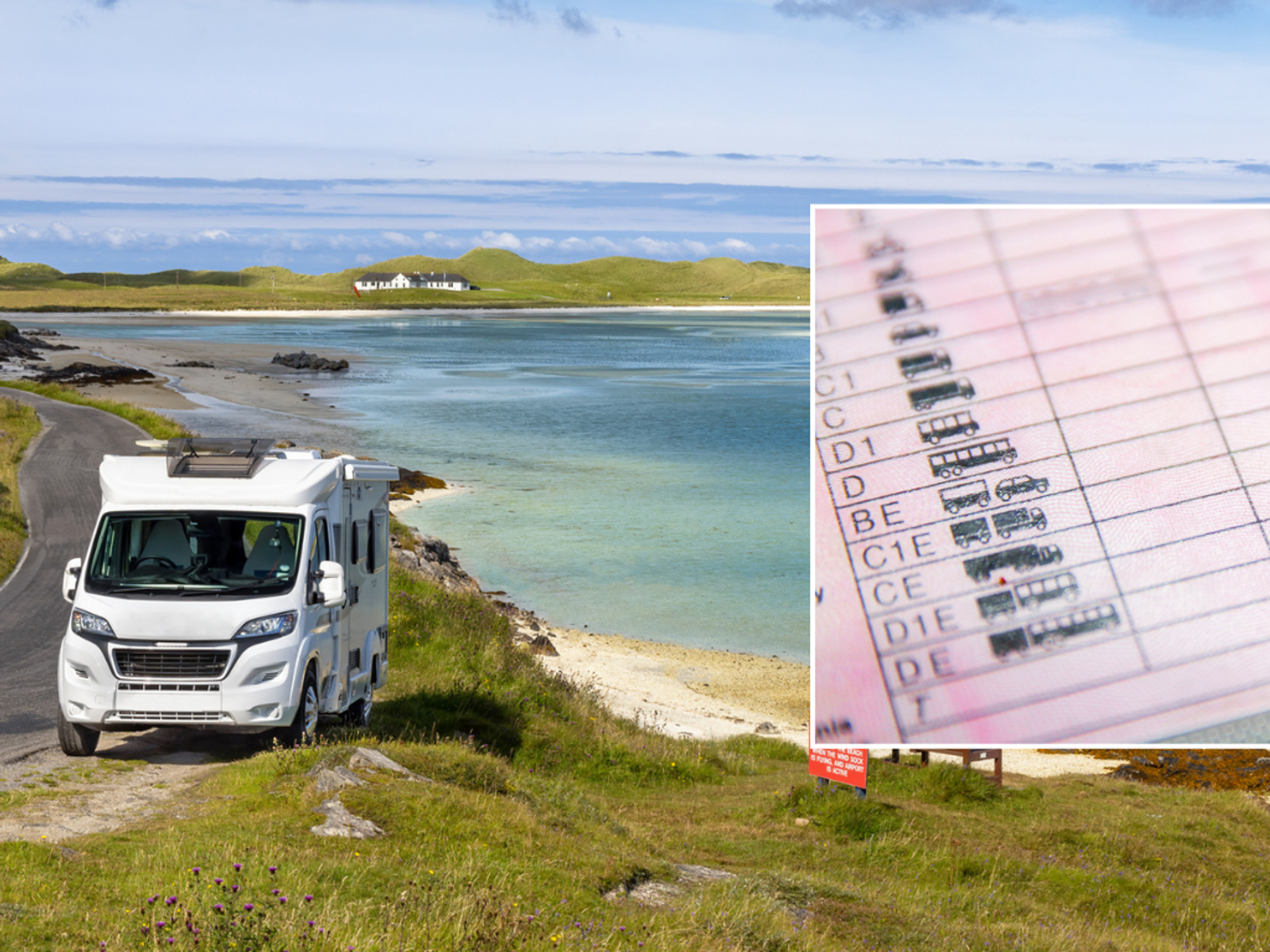Spider veins: What to eat, put on your face, and wear to reduce their appearance
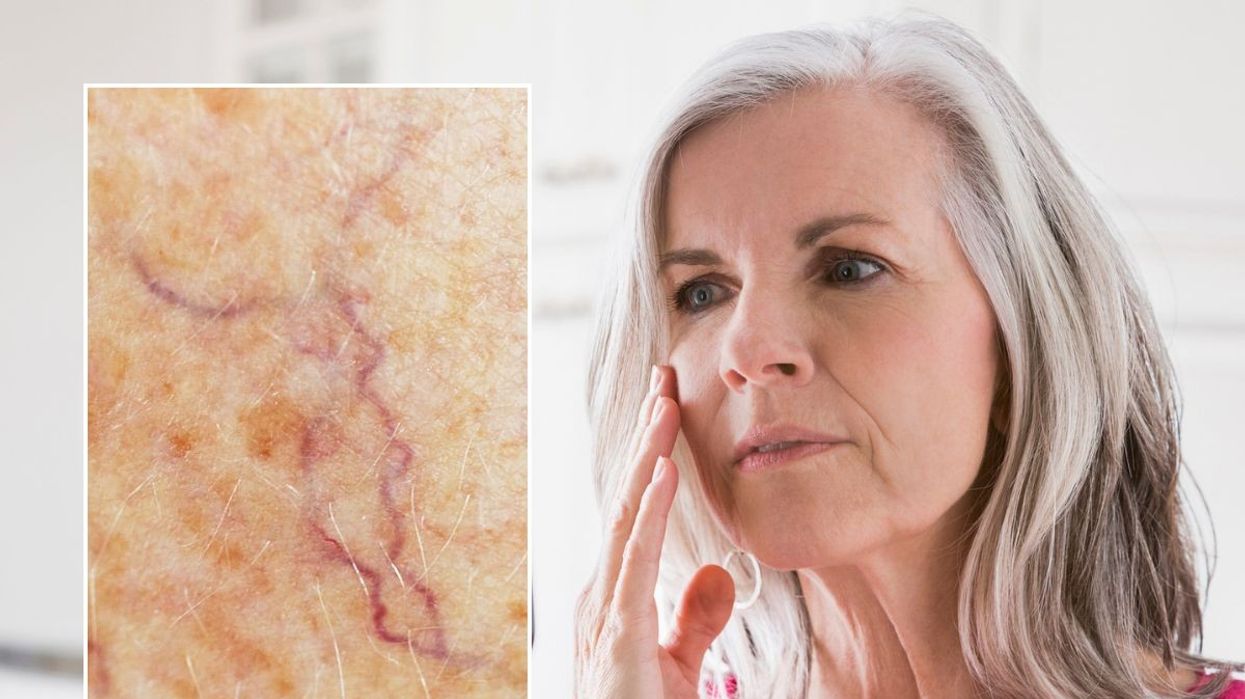
How to reduce your spider veins at home
|GETTY IMAGES

GB News is speaking to skin experts about the best measures to achieve your beauty goals. A medical director and pharmacist weighed in on how to minimise spider veins and prevent the formation of new ones
Don't Miss
Most Read
Telangiectasias, often referred to as spider veins or thread veins, are the swollen, twisted veins that usually appear on the legs. They can also appear on the face.
The Vein Institute of Hunterdon said: "These veins do not often cause pain or indicate worsening health conditions but are usually treated for cosmetic reasons."
They tend to appear later in life after the age of 50, and while they aren't harmful, some women consider their appearance unsightly.
GB News spoke to a medical director and a superintendent pharmacist about how women can reduce the look of spider veins.
Dr Ross Perry, medical director of Cosmedics skin clinics, told GB News: "Facial spider veins are relatively common and are caused by genetics, too much alcohol, sun exposure and rosacea.
"As we age, the skin becomes thinner and blood vessels become visible, our pores may also increase in size. The most effective treatments for spider veins are lasers and intense pulsed light therapies which, work by focusing on colour."
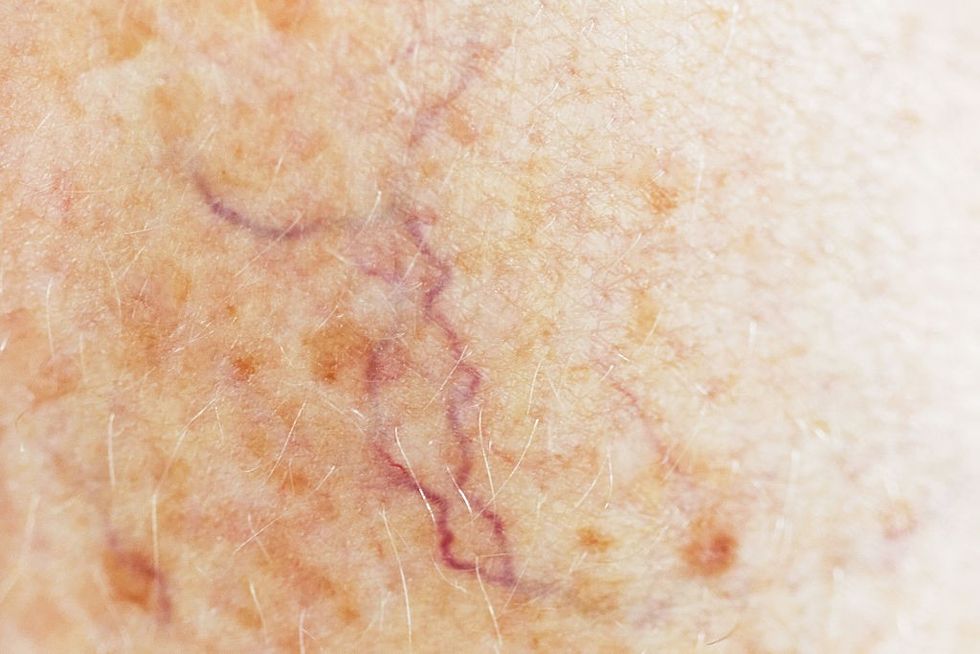
'Spider veins is a condition that occurs when blood vessels under the surface of the skin dilate and/or are damaged, making the veins appear red, blue, or purple'
|GETTY IMAGES
Spider veins require professional treatment to be eliminated, however, natural remedies can work wonders in reducing their appearance.
Dr Ross said: "You can look at natural remedies for varicose veins such as apple cider vinegar which can help to improve healthy blood flow and circulation, and it can reduce the appearance of spider veins and stop new ones from forming. Diet is also a contributing factor.
"Foods high in fibre and rich in antioxidants are a good choice, but equally you should look to avoid saturated fats, processed sugars, alcohol and cigarettes, which will all help with having healthy circulation."
The expert recommended natural products such as witch hazel, bilberry and horse chestnut. He also advised consuming garlic, turmeric and cayenne pepper.
Dr Ross continued: "Essential oils are also a good choice for nipping spider veins in the bud before they get bigger."
Carolina Goncalves, superintendent pharmacist at Pharmica, said: "Telangiectasias (otherwise known as spider veins) is a condition that occurs when blood vessels under the surface of the skin dilate and/or are damaged, making the veins appear red, blue, or purple."
She added: "They tend to affect women more than men, with hormonal changes during pregnancy, birth control, and menopause being some of the main factors contributing to their formation.
"Specifically, fluctuations in the body’s levels of progesterone and oestrogen (two key female hormones) can cause muscle cells within blood vessels to relax, resulting in dilation and increasing the risk of experiencing spider veins.
"It is also important to note that they are usually harmless, but occasionally, burning, itching, or discomfort around the affected area can occur."
The expert gave her top diet, skin care, lifestyle and exercise tips for reducing the appearance of spider veins and preventing new ones.
Diet
The pharmacist said: "Certain dietary choices can support overall vascular health, potentially reducing the risk and severity of spider veins. Incorporating foods rich in vitamin C, such as kiwis, oranges, bell peppers and strawberries, can enhance collagen and elastin production, which are essential for vein strength and elasticity.
"Vitamin E can be beneficial for individuals with spider veins because of its effect on vascular health. Vitamin E has antioxidant, anti-inflammatory and anti-platelet aggregation properties that protect the veins from oxidative damage by neutralising free radicals (unstable molecules that can cause cellular damage)."
The expert recommended increasing your vitamin E intake by stocking up on almonds, sunflower oil, spinach and broccoli, or taking vitamin E supplements.
Lastly, it's important to follow a fibre-rich diet. Think wholegrain cereal, figs, fruit, vegetables and beans. The expert explained that fibre "minimises the risk of spider veins by preventing constipation, which decreases intra-abdominal pressure and strain on leg veins".
"It also supports vascular health by lowering cholesterol and improving blood circulation. These benefits help maintain vein integrity and prevent dilation."
Skin care
Carolina said: "Although spider veins are predominantly a vascular issue, it is beneficial to have a skin care routine in place that focuses on strengthening the skin, reducing inflammation, and improving overall skin health.
"Using a mild, non-irritating, and fragrance-free cleanser can help prevent spider veins by reducing skin irritation and inflammation, which can aggravate blood vessels. These gentle cleansers protect the skin's barrier, maintaining optimal hydration and minimising stress on the veins, thus supporting overall vascular health and reducing the risk of developing spider veins.
"It can also help to avoid using hot water and opt for lukewarm water instead. This is because hot water causes blood vessels to dilate by triggering the release of nitric oxide, which relaxes smooth muscle cells in vessel walls. This process, called vasodilation, widens the vessels to increase blood flow and help dissipate heat, cooling the body and increasing the chance of developing spider veins."
Sun protection should be a staple in everyone's makeup bag and should be applied every day - not just on holiday. Not only does it reduce your risk of developing skin cancer and have an anti-ageing effect on the skin, the pharmacist revealed it can be beneficial for combating spider veins.
The expert said: "I recommend protecting the skin from ultraviolet rays by using sunscreen with a SPF of at least 30, wearing protective clothing, and seeking shade during peak sun hours. This is because UV rays can weaken blood vessels and make spider veins more prominent."
LATEST DEVELOPMENTS
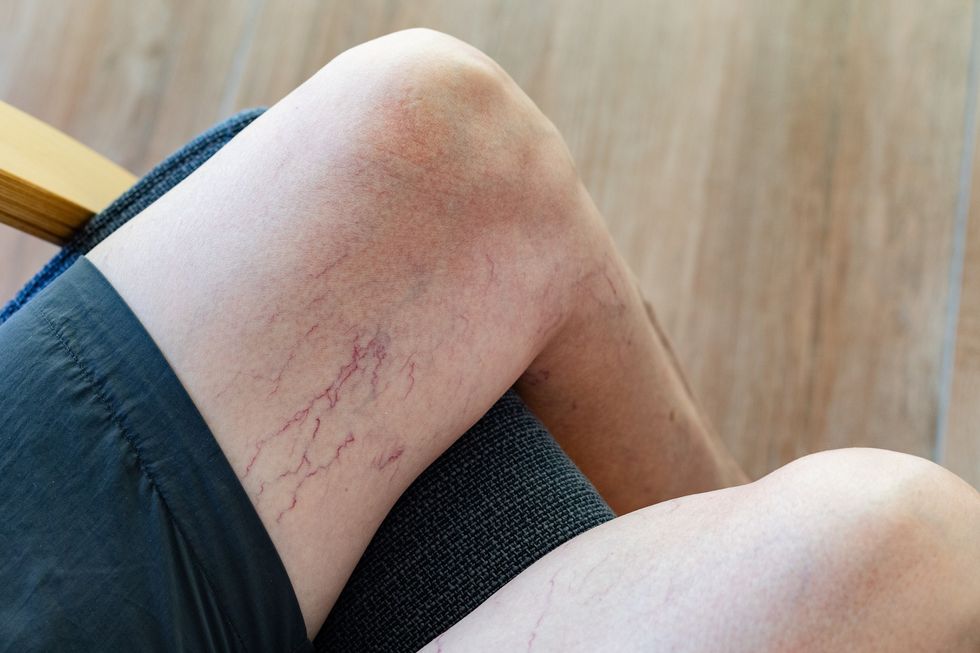
You can combat spider veins with the right diet, exercise, lifestyle and skin care regime
|GETTY IMAGES
Lifestyle
According to the expert, it might be time to chuck out your slightly too-tight jeans.
The pharmacist said: "It is recommended to avoid wearing tight clothing as it can restrict blood flow and increase the pressure in the veins, leading to dilation and weakening over time. The elevated pressure can cause the veins to expand and become visible beneath the skin’s surface.
"Furthermore, keeping alcohol intake within the recommended limits can prevent blood vessels from excessively dilating and minimise the pressure on the vein walls, therefore supporting vascular health and avoiding damage to veins and the development of spider veins.
"To prevent spider veins from affecting the legs, it is important to elevate the legs where possible to improve blood circulation, prevent dilation, and reduce pressure on the veins."
Exercise
Keeping active is essential for maintaining a healthy weight and reducing your risk of developing health issues such as coronary heart disease and stroke, type 2 diabetes, bowel cancer and breast cancer in women.
The pharmacist added: "Exercise can be beneficial for managing and potentially preventing spider veins because it improves circulation and reduces the likelihood of blood accumulating in the veins, therefore minimising the chance of damage.
"Moreover, exercises that target the legs, such as walking, cycling and swimming, can strengthen the muscles that support the veins. Stronger muscles help to push blood back up to the heart more efficiently.
"Lastly, maintaining a healthy weight through exercise reduces the strain on the veins, particularly in the legs. Excess weight can increase pressure on the veins and contribute to the development of spider veins."
Spider veins differ from varicose veins. The Vein Institute of Hunterdon said: "Varicose veins are large, twisting veins that bulge above the skin and are found most commonly in the legs. They have several causes but ultimately gravity and time will cause increased pressure in the veins, which in turn causes them to dilate and enlarge. While for some patients varicose veins are only an aesthetic concern, for others they can become painful and be an indication of more serious health problems."







